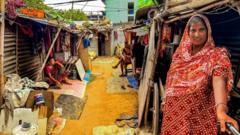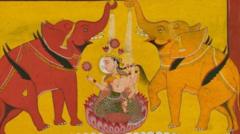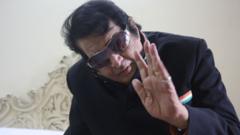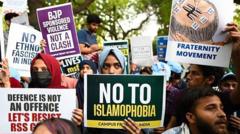This week, Prayagraj, India, is hosting the Maha Kumbh Mela, the largest human gathering on Earth, where millions of Hindus partake in a sacred bathing ceremony. The festival draws a colossal crowd, with projections estimating around 400 million people will participate over the event's six-week duration. This immense gathering is not only a significant religious occasion but also reflects the rising prominence of Hindu nationalism, particularly supported by the ruling political party led by Prime Minister Narendra Modi.
The Maha Kumbh Mela, which occurs every twelve years, is rooted in Hindu mythology. It symbolizes the epic battle between gods and demons over the nectar of immortality. Attendees at the festival embrace a variety of rituals, primarily the holy baths in the confluence of the Ganges and Yamuna rivers, believed to purify sins and bestow blessings.
Setup for this grand event is a monumental task for local authorities who aim to ensure safety and health. Politicians, tourists, and various celebrities will join the multitudes of pilgrims, adding layers of social and political context to the proceedings. Cultural expressions such as processions with traditional singing and dancing resonate throughout the festival, accompanied by participants donning elaborate costumes and carrying ceremonial weapons.
As the world watches this unparalleled display of devotion, the Maha Kumbh Mela stands as a testament to the enduring power of faith, identity, and communal unity among Hindus globally. The event's dual nature—spiritual and political—signals its significance in contemporary India, reflecting evolving narratives within the socio-political landscape.






















